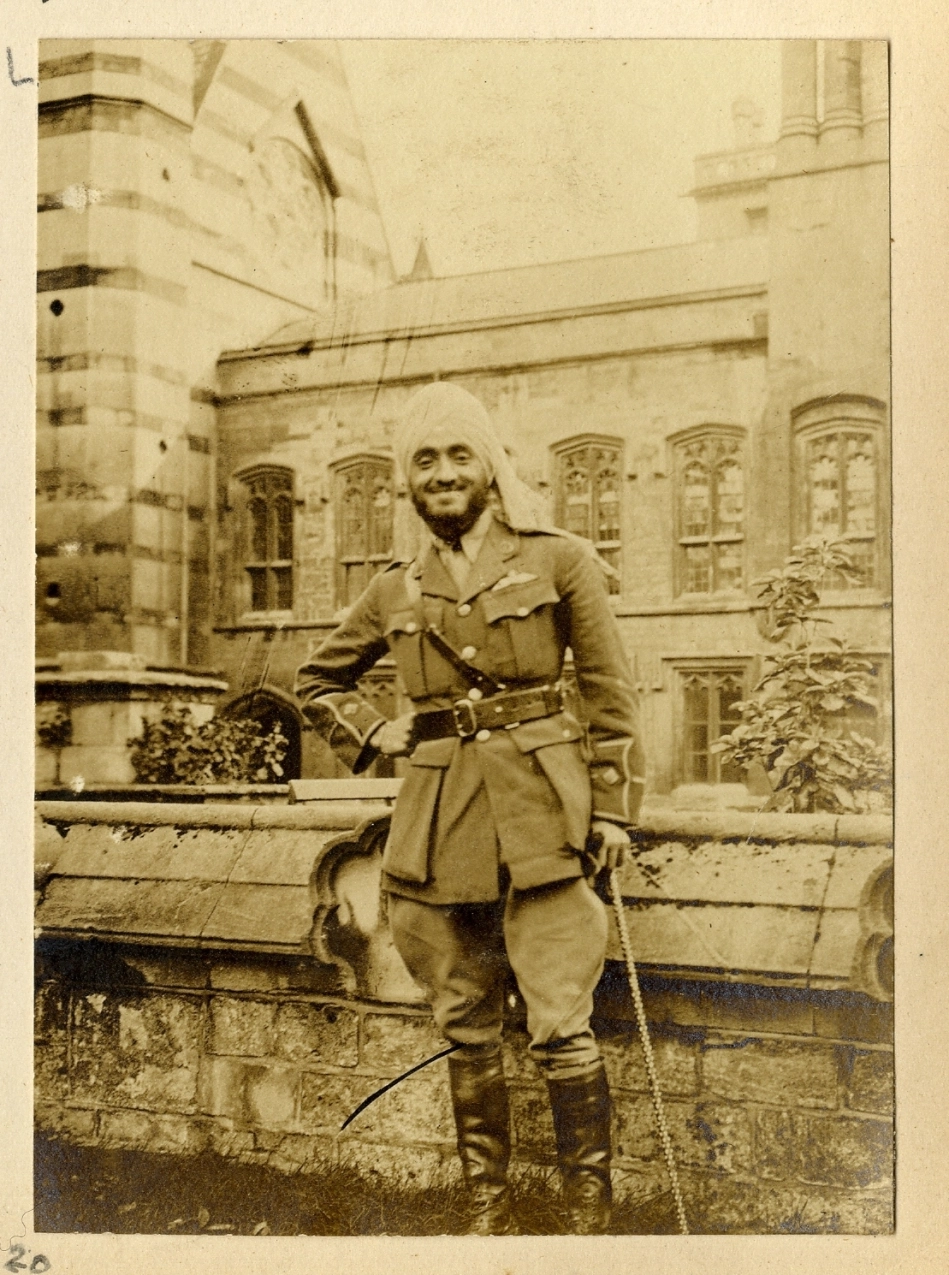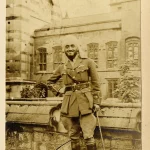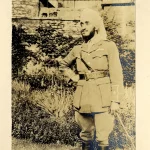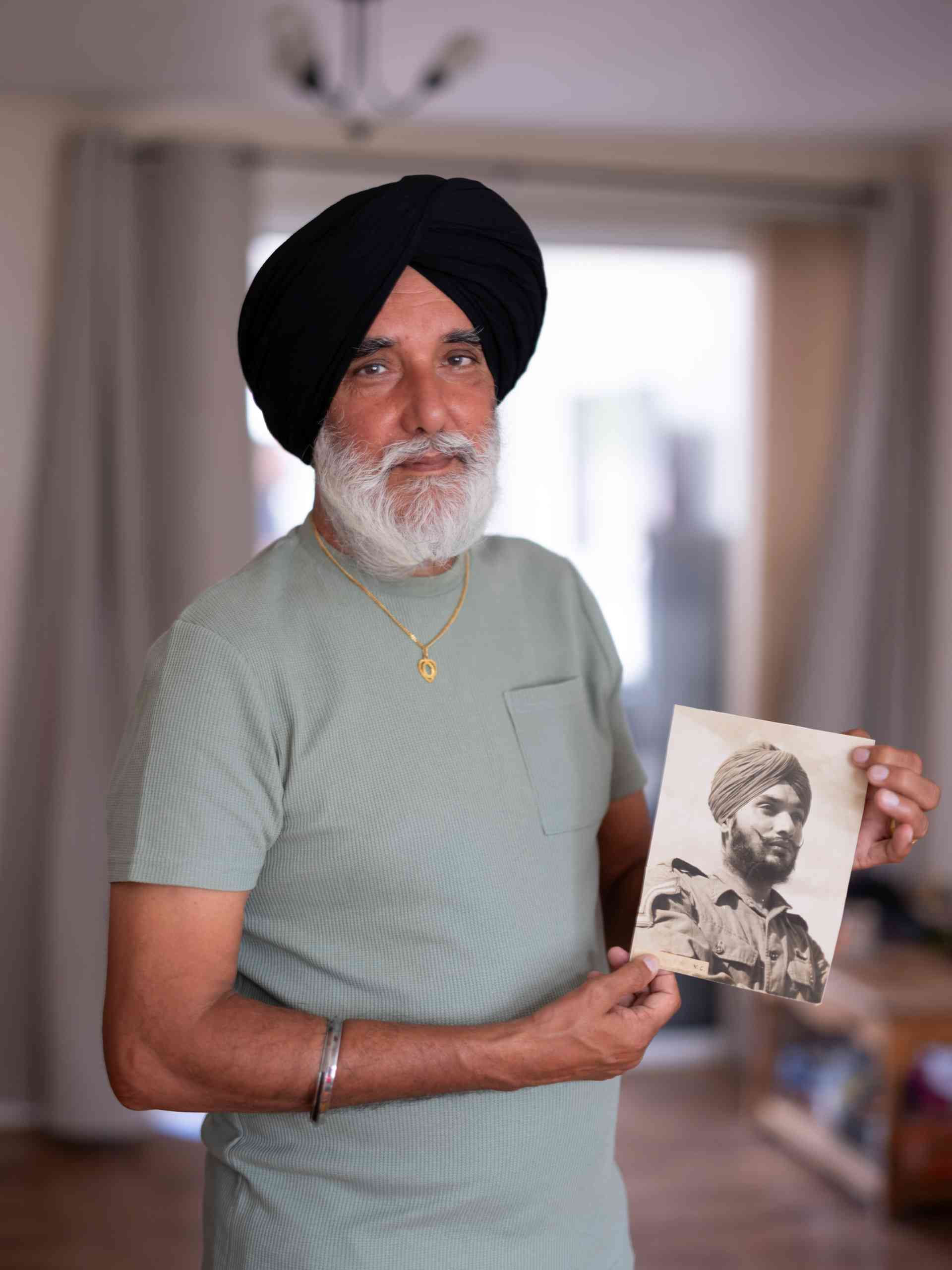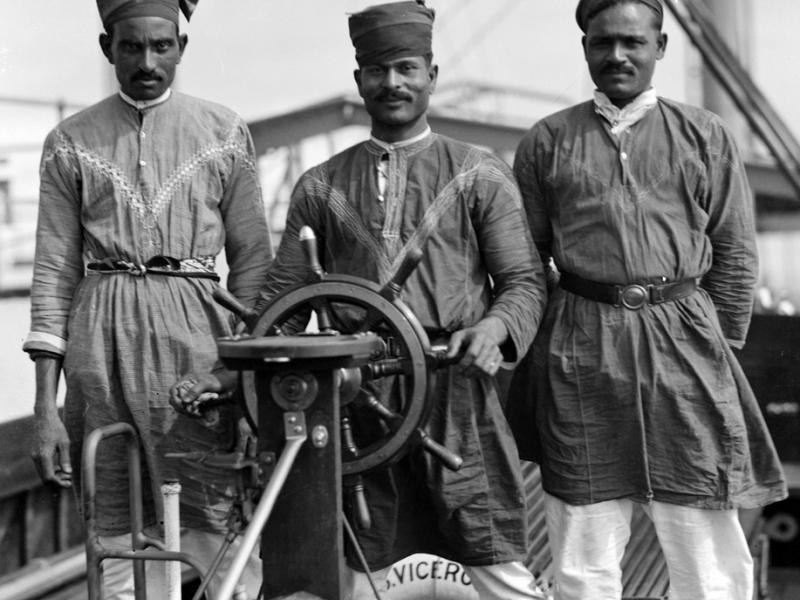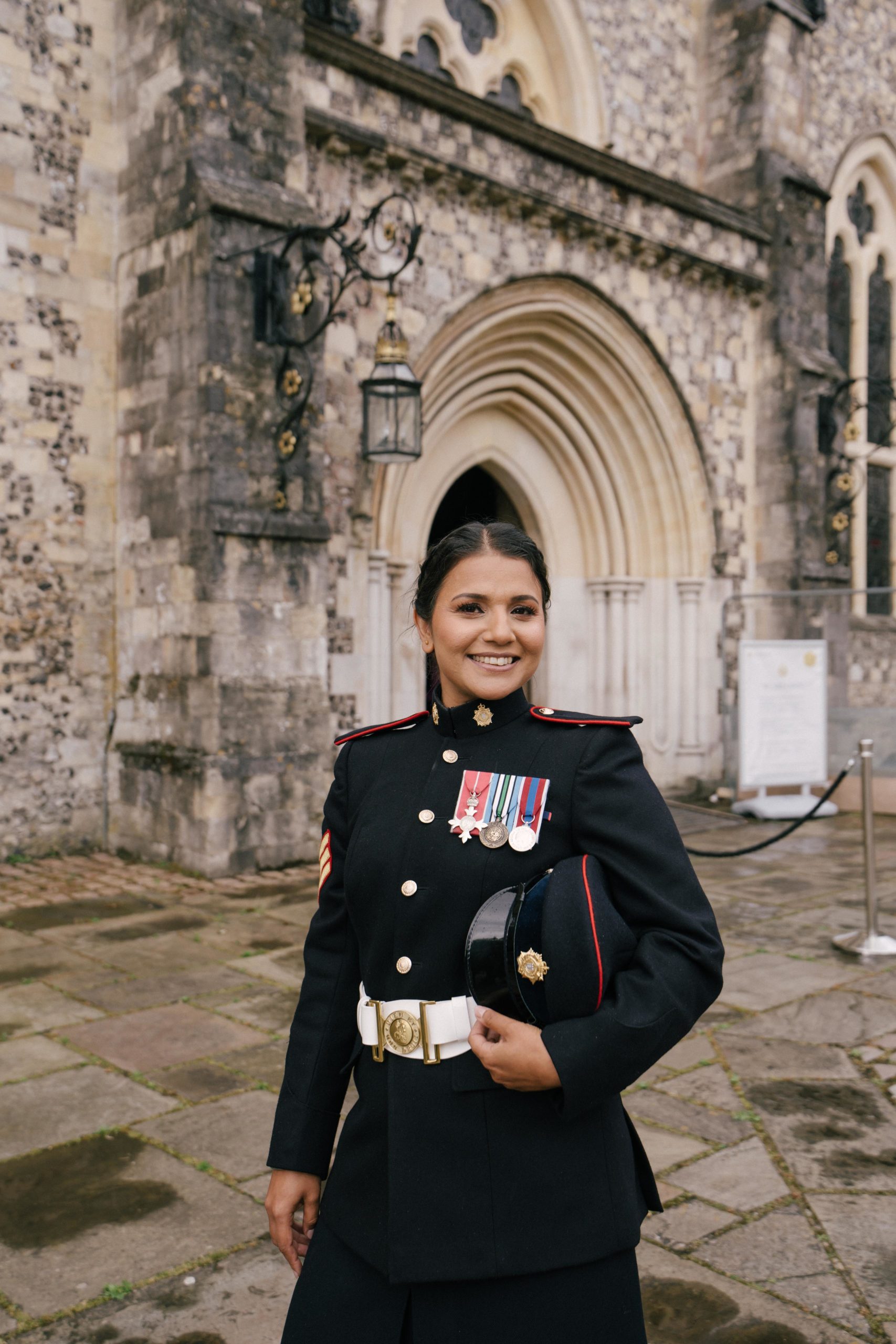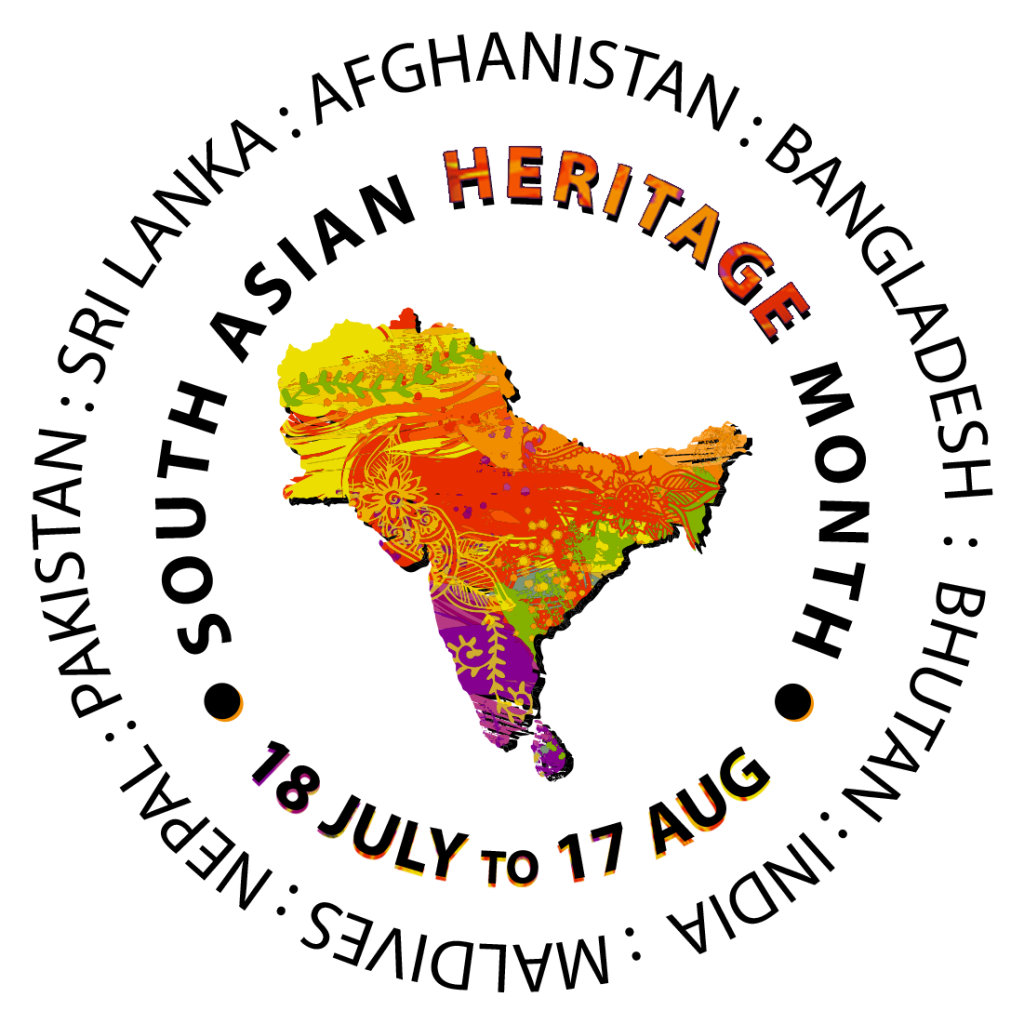But he first had to survive the German air aces over Passchendaele.
Hardit was always a highflier. Born into a noble family in the Punjab in November 1894, he grew up with “a lavish house, good food, horses and carriages, servants galore, private tutors and money”.
He was sent to England aged 14, went to school at Eastbourne College and studied history at Balliol College, Oxford, where he played cricket for Sussex.
Amid their nation’s battle for independence, Indian students in Britain were feared as ‘potential revolutionaries’. Although more than 1.2 million Indians fought and 70,000 died in the war, Indian pilots were unheard of.
Hardit’s Oxford tutor was outraged when, in 1916, his pupil revealed he was about to join the French air force. The professor wrote to the commander of the Royal Flying Corps and Hardit was given an ‘honorary’ commission as a 2nd lieutenant flying Sopwith Camels.
A devout Sikh, he had a special helmet made to fit over his turban.
Hardit joined 28 Squadron under Major Billy Barker, a Canadian who won the Victoria Cross and had 33 enemy ‘kills’, the highest of any First World War pilot. Barker was obsessed with shooting down German ace Manfred von Richthofen and on 26 October 1916, he, Hardit and two other volunteers were hunting the Red Baron over Passchendaele.
Emerging from thick cloud, they were surrounded by enemy planes. Hardit was hit in the leg before shooting down the pilot who had shot him. Bullets riddled his petrol tank but miraculously it did not explode. Chased by three German aircraft and taking fire from the ground, he flew 40 miles at low altitude before landing, bleeding and exhausted. His plane had been hit by more than 400 bullets. In an interview more than 65 years later he said:
“It was the greatest luck. They shot all they had at me but not a single one hit me or any vital part of the plane. I definitely thought I was going to be killed. My mechanic said it was quite amazing how I ever got down. It was like a miracle. My pursuers just did not have the bullet with my name on it.”
Two bullets remained in Hardit’s leg for the rest of his life. After recovering, he rejoined 28 Squadron in Italy before spells in two-seat Bristol F.2 fighters with 141 Squadron at Biggin Hill, Kent, and again in France with 11 Squadron.
Hardit was one of only four Indians to fly with the Royal Flying Corps; another pilot was Indra Lal Roy, a barrister’s son from Calcutta.
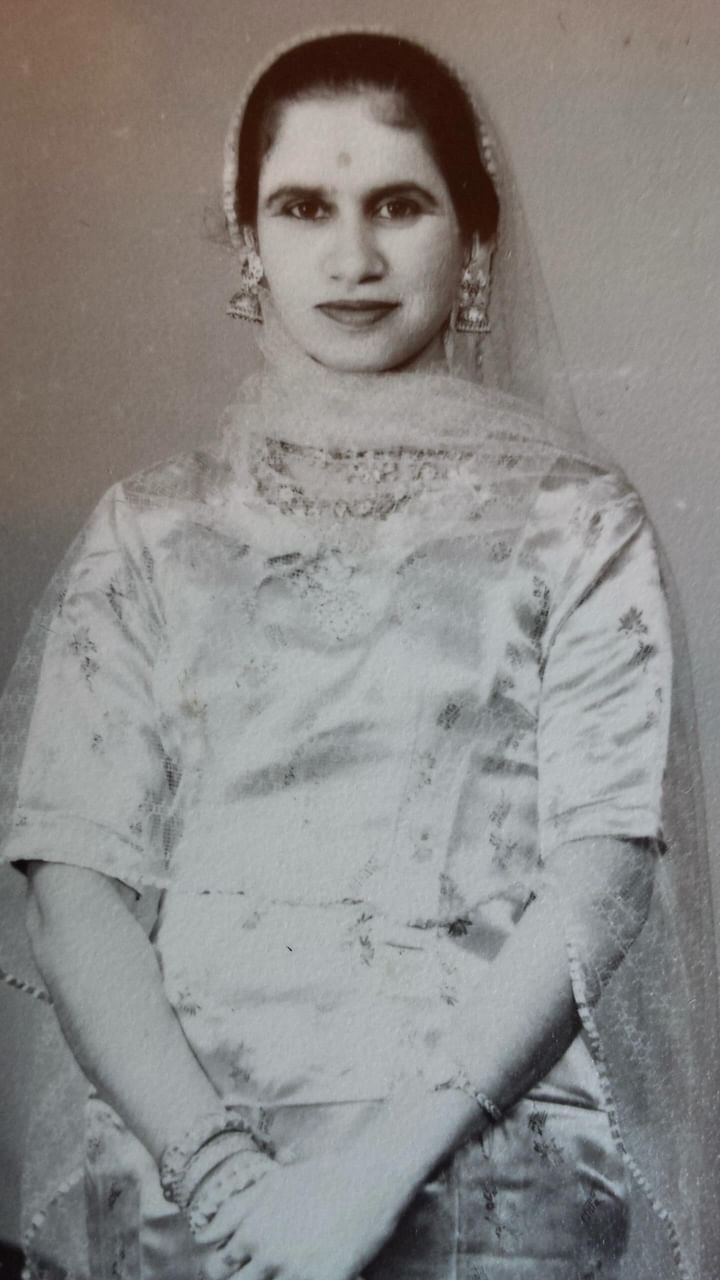
 South Asian Heritage Month dates changed to "July" from 2026 — Learn more here →
South Asian Heritage Month dates changed to "July" from 2026 — Learn more here →

